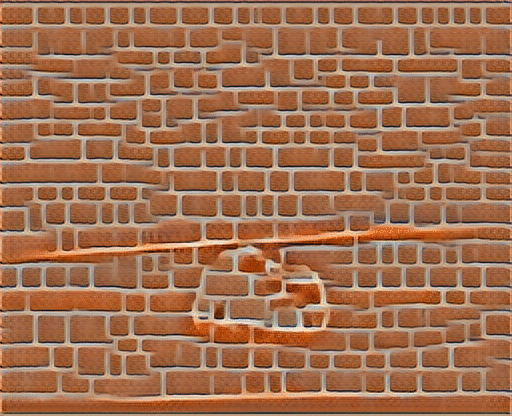Real-Time Style Transfer with Keras
This is an attempt at implementing something like Real-Time Style Transfer with the Keras framework.
Install
pip install keras-rtst- Download pre-trained VGG16 weights You'll need to pass its path as a parameter to the scripts.
- Training currently only supported on Theano backend, but texturing can be done with either.
Usage
After installation you'll find train-rtst.sh, render-rtst.sh and rtst.py on your path.
The shell scripts are just wrappers around rtst.py to demonstrate usage and maybe be a little convenient. There's also a script rtst-download-training-images.sh that
will download a small batch of images randomly selected from a subset of ImageNet 2012.
Examples
There's an examples folder. Example of an example:
Train a brick texturizer: ./make-example-texturizer.sh bricks0 path/to/training/images path/to/evaluation/images path/to/vgg16/weights.h5
Texturize a gif with that brick texturizer: VGG_WEIGHTS=/path/to/vgg.h5 ./texturize-gif.sh path/to/your.gif bricks0 out/bricks0gif
Differences from the paper
- This code doesn't use strided convolutions for upsampling as it doesn't seem to be implemented in Keras/Theano.
- The learning rate starts at 0.1 and decays at a rate of 0.9 every 200 iterations until it reaches 0.001.
- Also similarly to "Texture Networks" I'm using a really small training set.
- I've added
MRFRegularizerandAnalogyRegularizerwhich add losses for patch-wise markov random fields and image analogies. Use--style-map-path=/your/image.jpgto specify "image A" in image analogy parlance (--style-pathcorresponds to "Image A prime") --model=girthyadds a series of residual blocks at each depth instead of just the bottom-most scale. Set maximum depth with--depthand the peak number of convolution filters with--num-res-filters. The number of filters is halved at each larger scale.
